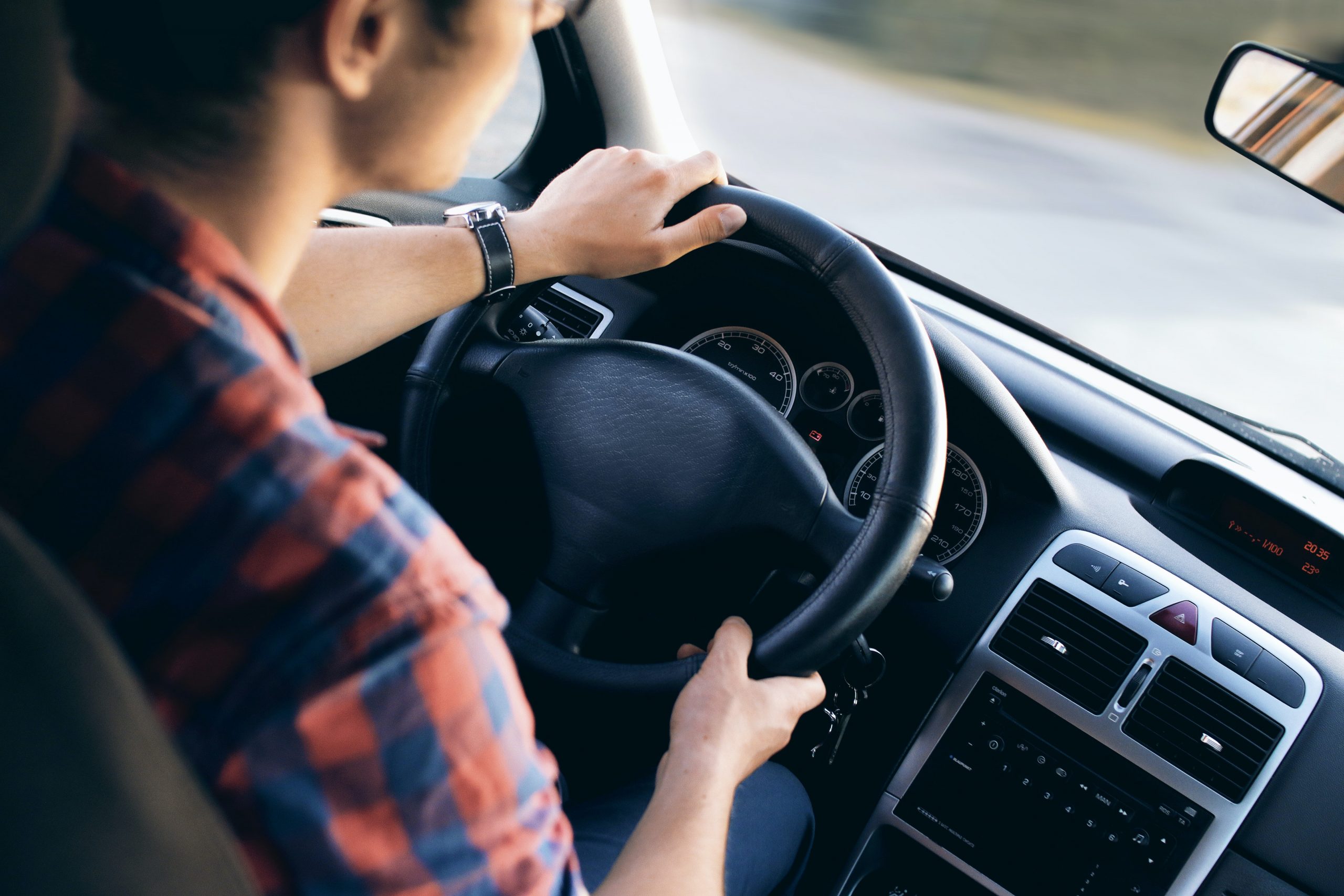 I have three teenagers. One is a licensed driver, one with her permit who is learning, and another who will soon begin the process. Times can be tough for this mama in the passenger seat!
I have three teenagers. One is a licensed driver, one with her permit who is learning, and another who will soon begin the process. Times can be tough for this mama in the passenger seat!
I want to share a few things I have learned while my kids are learning to drive.
I gave myself a head start by having each take driver’s ed through Knox County Schools during the summer after they turned fifteen. It’s a two-week course with both classroom and behind the wheel experience. The greatest benefit for me was that the instructor was able to hammer out the basics and alleviate any beginner tremors that existed. When I got in the car with my teens behind the wheel, each was no longer a novice. My job was to provide loads of experience under multiple driving conditions.
I learned with my firstborn that the more experience he had, that experience actually made me more comfortable when he began going solo. So, that’s the strategy I have now with my current new driver. It’s not always easy to settle my nerves, restrain my reactions and turn over the wheel. It usually takes a bit longer and requires more attention to get where we are headed, but it’s worth it.
The best way to get comfortable with your teen driving is to practice, practice, practice. Confidence grows for both parent and child.
If you want to know how it’s going to go, think back to those learning-to-ride-a-bike days. I’ve noticed that they approach the task similarly. On that note, if you have younger children, give them as much time riding a bike, driving a toy vehicle or golf cart as possible. It really seems to help with distance perception and coordination.
Start gently with slow courses and quick trips. Practice is essential, but don’t start with a long trip or complicated course and lots of traffic. The short, familiar trips work best, like going to or from school, the neighborhood convenience store or church. Then branch out as your learner gains experience and confidence. Be sure to include practice in the rain and nighttime. Talk about driver courtesy, letting people merge and taking your own pace.
Practice saying yes. Yes to driving time. Yes to riding along while she drives to the store. Yes to helping fund a vehicle, insurance or a job so the teen can save funds for herself. Your “yes” empowers your teen to become independent and signals that you believe they can do it.
Take your child’s criticism with a grain of salt and try not to return the criticism. Your child is going to become hyper-aware of your driving while in the learning process. They will be critical of your rolling stops, insist the turn signal was needed and warn you about blind corners. When your teen misses a turn or signal, the best time to talk about it is usually later. More than ever, now is the time to model excellent behavior and of course, your best driving skills and courtesy. If you mess up, a quick “I should have stopped at that yellow light,” becomes a teachable moment.
Control your reactions. This was the toughest for me. The quick inhales, unpredictable gasps and arm flares are highly unappreciated…and distracting. Practice breathing deeply because it’s a challenge to be calm in the passenger seat. Keep your voice steady with directions and trust that most of the learning happens by actually driving. Unless bodily injury is imminent, learning by mistakes is often the best teacher. Your new driver will react to your responses. You will set the tone as stressful or as encouraging.
Ask instead of correct. Lectures just don’t work with teens and neither does an ongoing list of instructions. “Did you learn about stopping before you can turn right on red?” works much better than a bullet point list of instructions. “Can you see around that bend?” rather than “Pull up so you can see.” The subtle difference in tone really does make a difference is how your new driver perceives your instruction. Make sure your teen knows he or she can come to you when something bad happens. Share your own bungles or accidents so that he knows you do not expect perfection.
Laugh through the tough spots. Be the soft place to land when mistakes occur. Remember that your child is so much more valuable than a vehicle. Show your love with encouragement and help her to get “back in the saddle” after a less-than-ideal driving session. My niece had a bad accident during her learning where she hit the gas instead of the brake. Thankfully, no one was seriously injured, but the vehicle was totaled. She wanted to avoid driving forever, but my sister gave her a week to emotionally recover, then insisted she keep up with the practice. Hang in there, if driving takes a turn for the worst and keep practicing.
Enjoy the time together. Once your new driver is awarded a license, there is a shift in how often he or she will come to you needing a ride. It’s hard to explain the independence that emerges (and the convenience when you need a quick run to the grocery store). All I can say is that when your son or daughter used to come to you, he or she will now have tools to meet their own needs. This is a good and healthy life skill, yet comes with a natural distancing. In a very real way, you are no longer the source of how your teen gets where he or she wants to go.
All of us, but especially teens are connected to their phones and devices. Please model and demonstrate that phones remain on the console, in a bag or glove box when driving. Any text can wait and phone calls should only be taken hands-free. We assume that our kids know this, but it is essential to have the conversation and talk about it often.




















